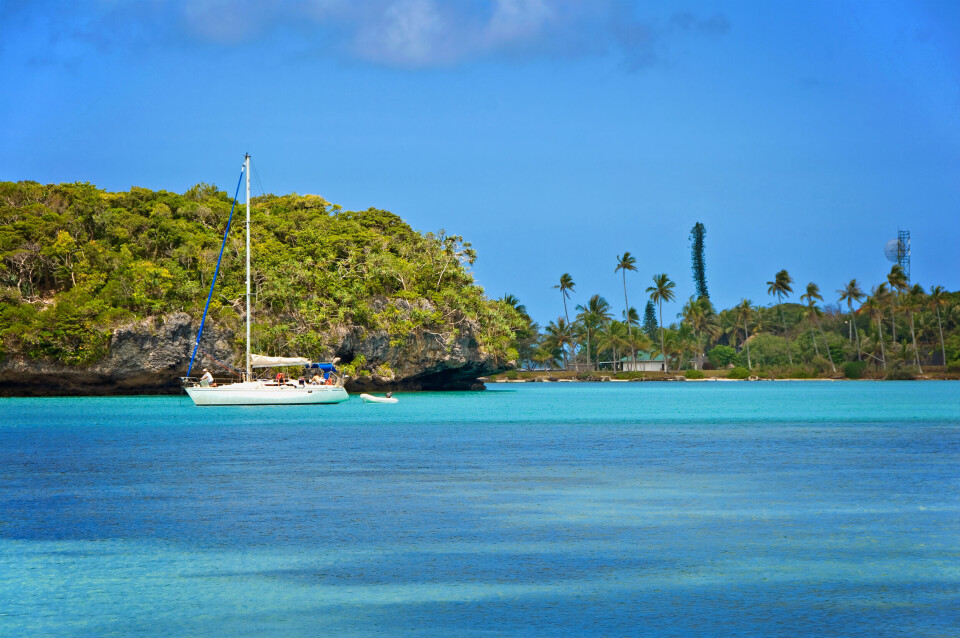-
Festivals, holidays and places to visit in France in April 2025
Including a gladiator battle in a Roman arena, an international garden festival and the Paris marathon
-
How France looks after its historical treasures
Emmanuel Pénicaut, director of collections at Mobilier national, explains the organisation’s vital role
-
English-language poets in France showcased in new anthology
29 poets from a stanza group worked together on the collection
Longest name, furthest from Paris – five facts about French communes
Your commune is an important part of living in France, we share some interesting commune-related trivia

The commune – successor to the parish of the ancien régime – is the bedrock of French local administration. If you live in France you live in one.
There are a lot of them: almost 35,000 on the mainland and 120 more overseas, which is why you have never heard of most of them.
Comparisons with other countries are difficult but Britain, with a similar population, makes do with 9,500 equivalent local government units and Spain, almost as large as France, has just over 8,000.
Communes vary enormously in surface area, population and character from remote hamlets to the biggest cities.
A third of all communes are rural, the rest are urban to a greater or lesser extent. Here are a few odd, interesting facts about communes that are distinguished in some way.
1. The most populous is Paris, with 2.16 million inhabitants (the commune not the conurbation) which is divided into arrondissements.
It is followed in size by Marseille, Lyon and Toulouse. These are atypical, of course: the average population of a commune is 380.
2. The least populous commune is Rochefourchat in the Drôme which has one inhabitant (making it the 35,323th largest settlement in France) and a population density of 0.1 person per square kilometre.
Guess who the mayor is. You won’t need the plural of the adjective for the locals, Rochefourchatiens.
Altogether, 71.5% of communes (27,963) have fewer than 1,000 inhabitants and 891 have fewer than 50 inhabitants. Six communes, however, have no residents at all.
3. The first commune in alphabetical order is Aast in the foothills of the Pyrenees (in the department of Pyrénées-Atlantiques). It’s pronounced with a nasal “A” sound and the “T” is silent.
Last on the list is Zuytpeene (Nord), which has a Flemish name.
4. The longest name of a commune is held by (take a breath) Saint-Remy-en-Bouzemont Saint-Genest-et-Isson in Champagne (Marne) which has 38 letters and 45 characters.
If you think hyphens are cheating, how about Niederschaeffolsheim and Mittelschaeffolsheim in Alsace, which each have 20 letters.
The shortest name is Y (Somme), which must save the mayor a fortune in printer cartridges.
Another 15 communes have only 2 letters to their names. They are, since you ask: Ay, Bû, By, Eu, Fa, Gy, Oô, Oz, Py, Ri, Ry, Sy, Ur, Us and Uz.
Reciting this list is good for practising your French vowels.
5. The furthest commune from Paris is the Ile des Pins, an island “paradise” fringed with beautiful sandy beaches, which sits on the Tropic of Capricorn in Nouvelle Calédonie, in the Pacific.
It is 16,830 km from the capital as the crow flies. The name “Pine Tree Island” was given to it by Captain James Cook.
Related articles
French communes still needing water deliveries after summer drought
Five famous historical French figures who were exiled to Britain
‘First Plus Beaux Villages de France needs homes not more shops’
























